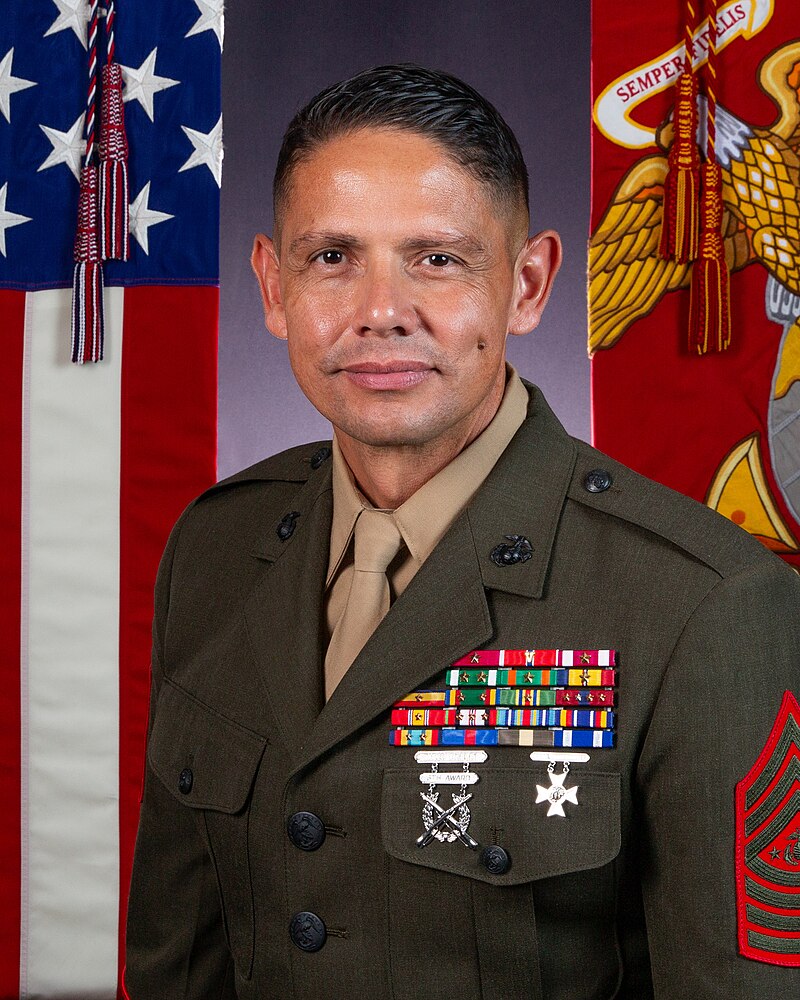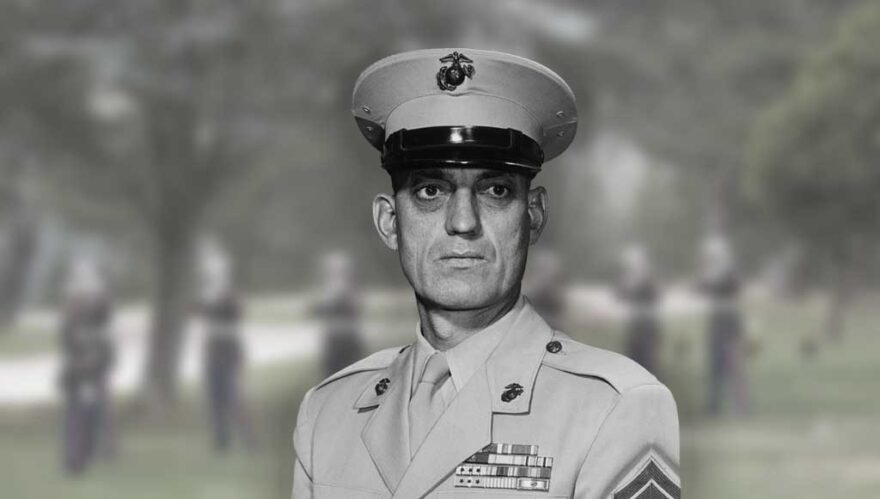The rank of Sergeant Major of the Marine Corps holds a distinguished place in the annals of military history, emblematic of leadership, dedication, and an unwavering commitment to duty. Established in 1957, this prestigious position is the senior enlisted advisor to the Commandant of the Marine Corps, representing the interests and welfare of the enlisted force.
Before delving into the specifics of the rank, it’s essential to understand the context within which it was created. The United States Marine Corps, known for its storied tradition and rigorous standards, has always placed a high value on strong, effective leadership at all levels. By the mid-20th century, the need for a unified voice representing the enlisted personnel became apparent, leading to the creation of this significant role.
The first Marine to hold the title was Sergeant Major Wilbur Bestwick, appointed on May 23, 1957. Bestwick’s career, which began in 1934, epitomized the dedication and resilience expected of the Marine Corps’ top enlisted member. His tenure set the standard for what the role would entail: serving as a bridge between the enlisted ranks and the Commandant, advising on matters affecting the enlisted force, and upholding the Corps’ core values of honor, courage, and commitment.
Since Bestwick, the rank has been held by a succession of distinguished Marines, each bringing their own experiences and leadership styles to the position. These sergeants major have played crucial roles during pivotal moments in history, including the Vietnam War, the Cold War, and the post-9/11 conflicts in Iraq and Afghanistan. Their influence has been instrumental in shaping the policies and practices that impact the lives of countless Marines.
One notable figure in the history of the rank is Sergeant Major John L. Estrada, who served from 2003 to 2007. Estrada’s tenure was marked by a focus on improving the quality of life for Marines and their families, as well as addressing the challenges posed by the ongoing conflicts in the Middle East. His efforts to enhance the support systems for Marines, both on the battlefield and at home, underscored the importance of the role in advocating for the enlisted force.
The position of Sergeant Major of the Marine Corps has evolved over the decades to meet the changing needs of the Corps and the broader military landscape. The role has expanded beyond its original advisory capacity to encompass a wider range of responsibilities, including public engagements, policy development, and mentorship programs. This evolution reflects the dynamic nature of military service and the ongoing commitment to excellence that defines the Marine Corps.
In recent years, the rank has continued to adapt to contemporary challenges. As the Marine Corps navigates issues such as technological advancements, diversity and inclusion, and mental health awareness, the Sergeant Major of the Marine Corps plays a pivotal role in ensuring that the enlisted force is prepared and supported.
 The current Sergeant Major (since August 10, 2023), Carlos A. Ruiz, exemplifies this adaptive leadership, focusing on readiness, resilience, and the professional development of Marines. He is very popular with his Marines. (OOH-RAH!)
The current Sergeant Major (since August 10, 2023), Carlos A. Ruiz, exemplifies this adaptive leadership, focusing on readiness, resilience, and the professional development of Marines. He is very popular with his Marines. (OOH-RAH!)
The history of the Sergeant Major of the Marine Corps rank is a testament to the enduring strength and adaptability of the United States Marine Corps. From its inception in 1957 to the present day, the rank has symbolized the highest standards of enlisted leadership, serving as a guiding force for generations of Marines. As the Marine Corps continues to evolve, the legacy of the Sergeant Major of the Marine Corps will undoubtedly remain a cornerstone of its proud tradition.

 Our legacy lives through the stories we tell. The Suck Life wants yours! Make Chesty proud!
Our legacy lives through the stories we tell. The Suck Life wants yours! Make Chesty proud!



 Semper Fidelis
Semper Fidelis



